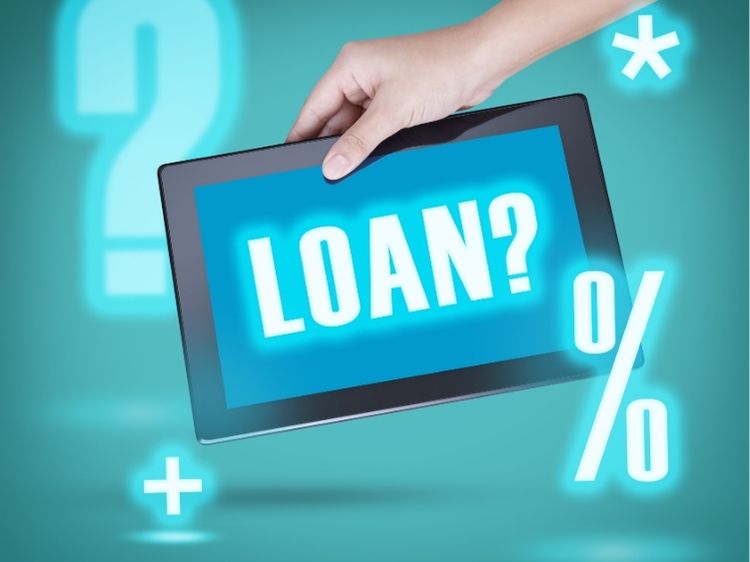In recent times the issue regarding student loan cancellation has received much attention, since millions of people in the United States eagerly await relief from their debts to education. With constant changes to the policies and new initiatives by the Federal government being informed about the most current developments in students’ loan repayment is vital. If you’re among the numerous people who have to navigate the complexity in student loans, then this article will give you a comprehensive outline of the current status of loan forgiveness policies.
Understanding the Current Landscape of Student Loan Forgiveness
For a long time, student loan forgiveness has been a source of contention, and policymakers debate how much the federal government should offer assistance for the borrowers. In 2023, major advancements were made, such as the creation of targeted forgiveness programs that target specific segments of borrowers. For example in 2023, the Biden administration expanded the eligibility of repayment under the program known as Public Service Loan Forgiveness (PSLF) programme which provides relief to those employed in public services such as healthcare, teaching as well as non-profit organisations.
In addition the new regulations have been enacted to eliminate any discrepancies or technical barriers in this PSLF program, making sure that qualified borrowers get the benefits they’re entitled to. The changes represent a significant improvement in making the program more equitable and accessible but there are challenges for those seeking relief under other programs.
Recent Developments in Student Loan Forgiveness
One of the most important changes is The Biden administration’s Fresh Start initiative. It is designed to help the borrowers who’ve defaulted on federal loans, the program provides the opportunity to bring financial stability by lifting loans back from default and reinstate the eligibility to federal assistance. This program is especially beneficial for those who have experienced difficulties with their finances, allowing them to build their credit and get access to loans that match their income.
Additionally, there has been progress in the implementation of an Income Driven Repayment (IDR) adjustment which is designed to correct the mistakes that have been made when the tracking of payments. This adjustment guarantees that the borrowers who have been paying for between 20 and 25 years will receive forgiveness. This change reflects the administration’s desire to address the root causes that have traditionally denied eligible borrowers access to forgiveness.
Challenges Borrowers Continue to Face
Despite these improvements however, forgiveness of student loans remains an arduous and sometimes challenging process for many borrower. One reason is that the legal issues surrounding broad-based cancellation of loans have led to the stalling of major proposals, leaving a lot of people in doubt about the viability of a broad-based forgiveness. Recent Supreme Court decision against a mass cancellation program has complicated the situation, causing the administration to consider other options.
Furthermore, the lack of communication between the loan servicers and the borrowers caused confusion regarding the eligibility of programs and the deadlines. Many borrowers are unaware of the steps to take to be eligible for forgiveness, or find themselves overwhelmed with the quantity of documentation and paperwork required to be able to be able to apply. These difficulties illustrate the importance of clarity in communication and the efficiency of procedures for providing assistance to borrowers who need it.
What Borrowers Can Do Now
As the larger policy debates are ongoing, individual borrower can take a proactive approach to make sense of this current process. It’s essential to keep up-to-date with changes coming from both the Department of Education and your lender. Always checking for announcements and verifying your eligibility to programs such as PSLF as well as IDR adjustments can help avoid missing opportunities to be forgiven.
It is also recommended that borrowers consolidate federal loans when they have several kinds of loans that do not allow forgiveness programs. Consolidation may make them eligible to participate in PSLF as well as other loan repayment programs. Talking with a financial adviser or loan specialist may offer clarity and help make informed choices regarding your repayment plan.
The Future of Student Loan Forgiveness
The path towards a complete student loan forgiveness isn’t clear However, the discussion about the issue isn’t being finished. With increasing pressure on legislators to deal with the problem of student debt Further reforms and plans will likely to be announced in the next few months. It is important for borrowers to be on guard keeping up-to-date on the latest policies and urging reforms that encourage access and equity within the loan system.
Conclusion
The constant updates to program for student loans provide many borrowers with hope However, the process is an ongoing process. If you are aware of the current situation as well as recent developments and possible challenges the borrowers are better positioned themselves to take advantage of the available relief. Being informed engaged, proactive, and active is essential to navigate this ever-changing system. While policymakers work to tackle the issue of student loan debt the borrowers are able to expect new avenues for relief and a future in which education debt is less burdensome.

